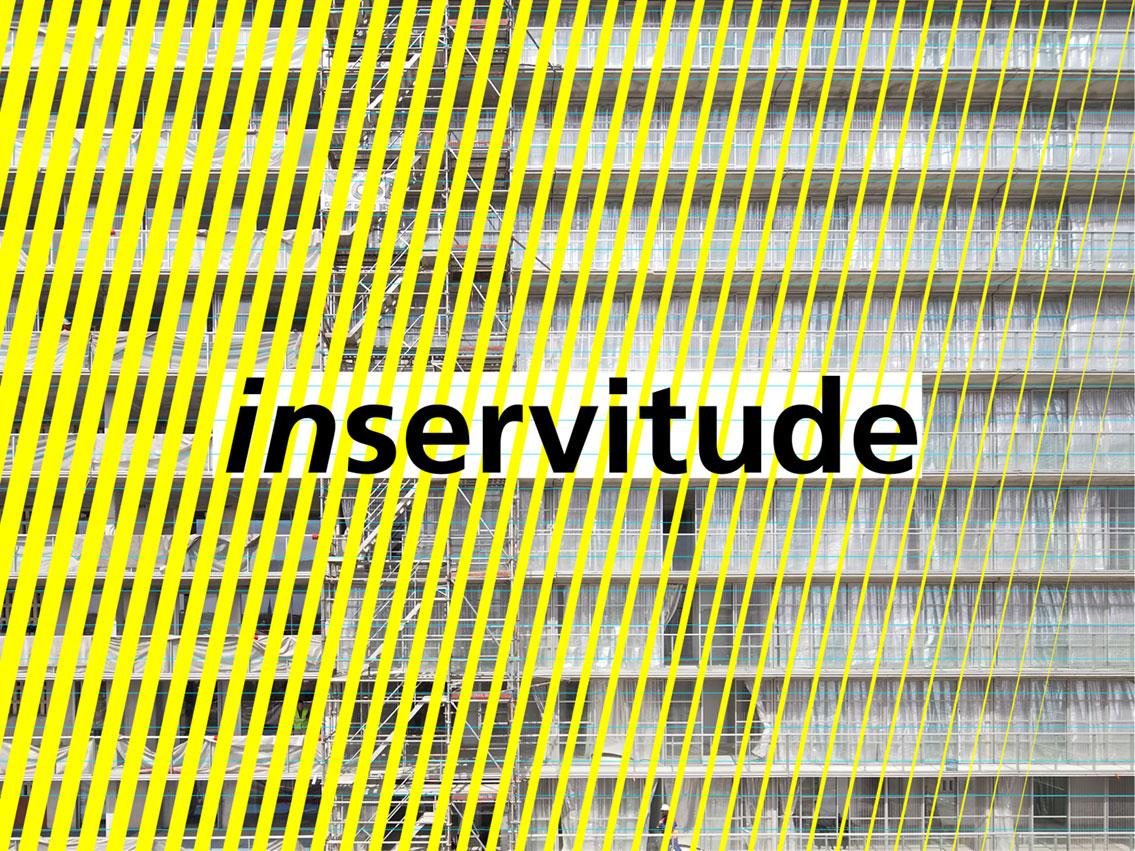
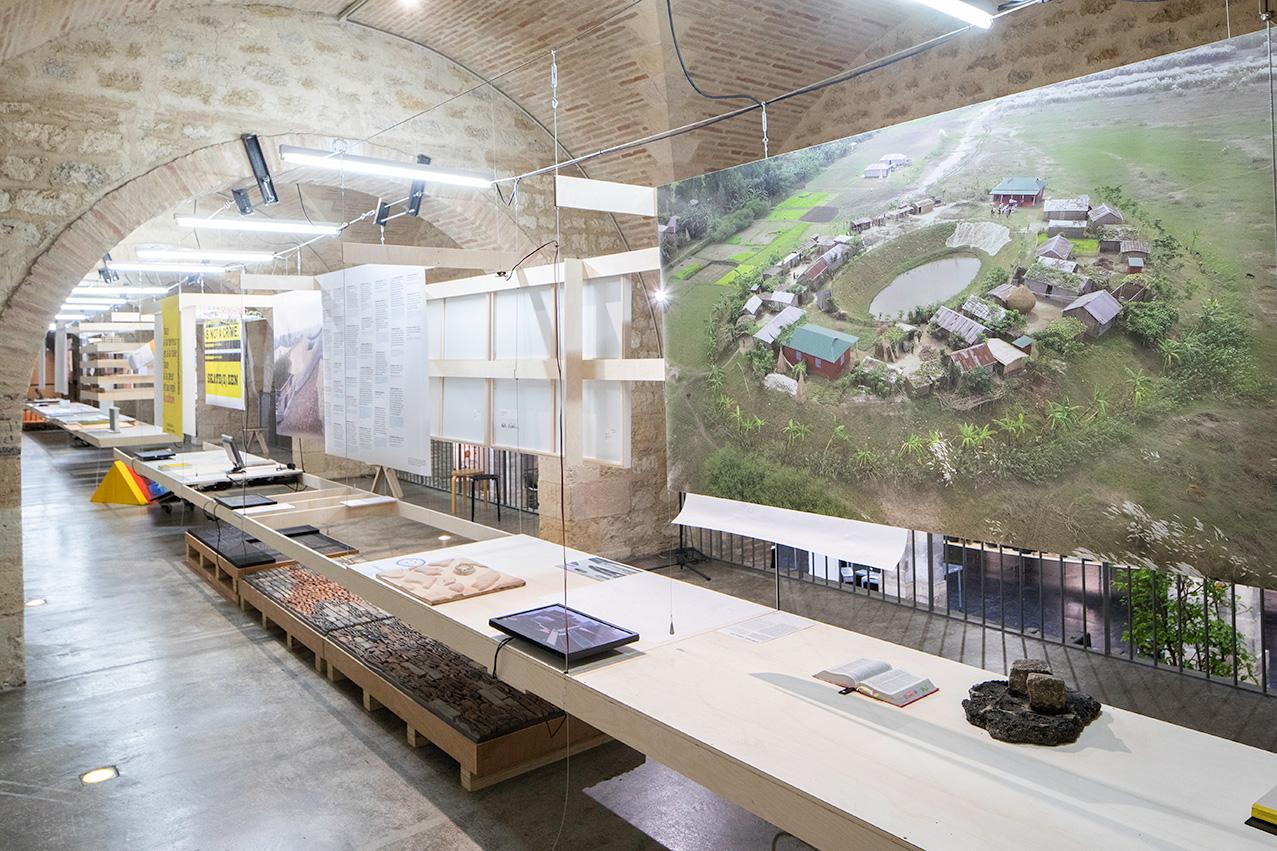
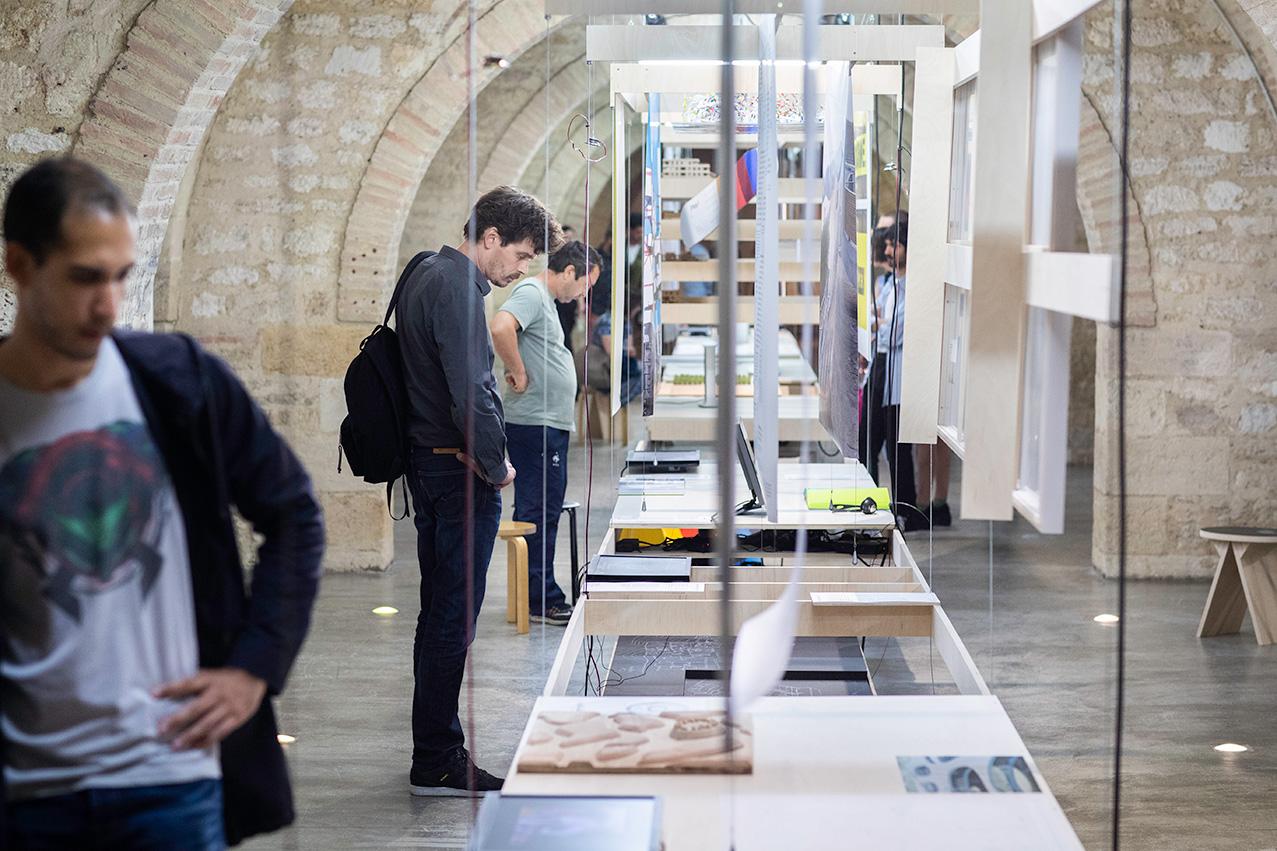
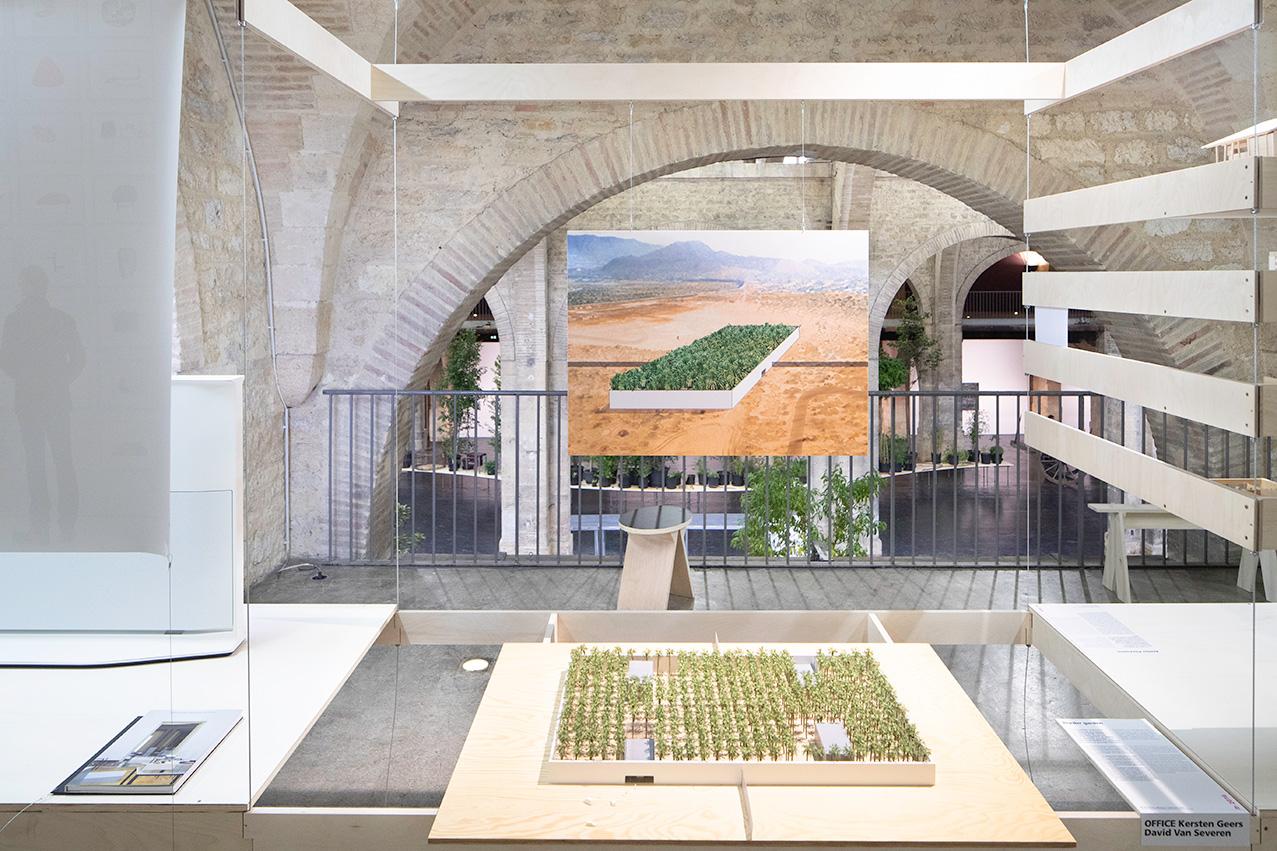
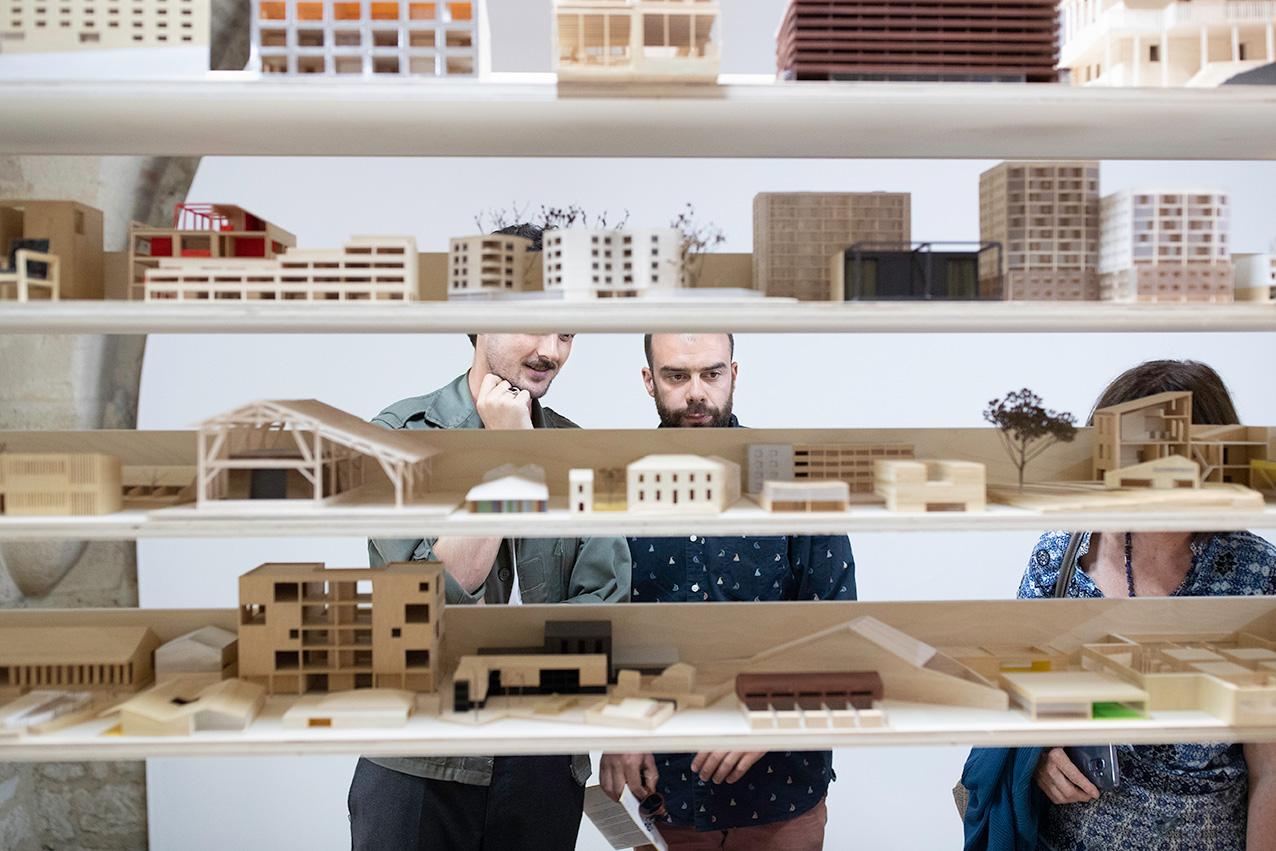
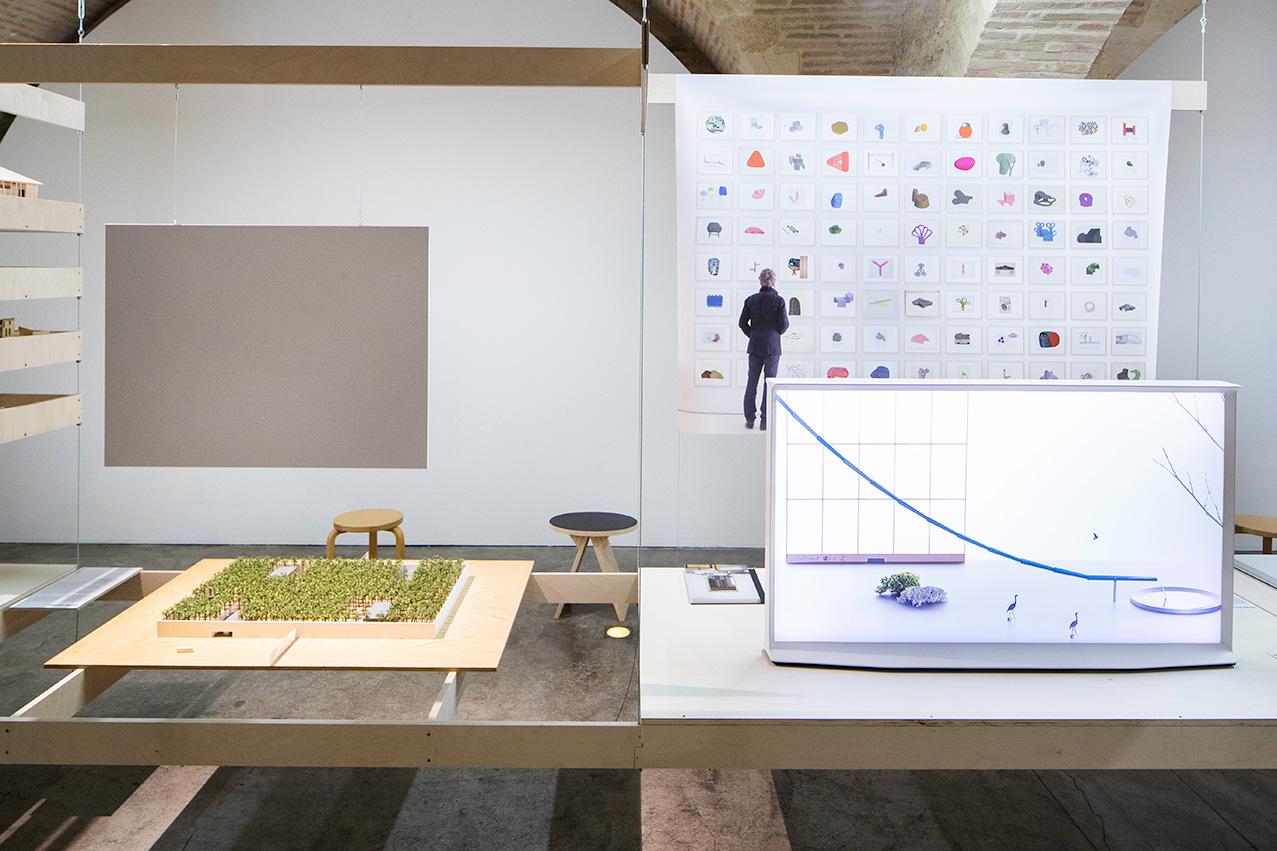
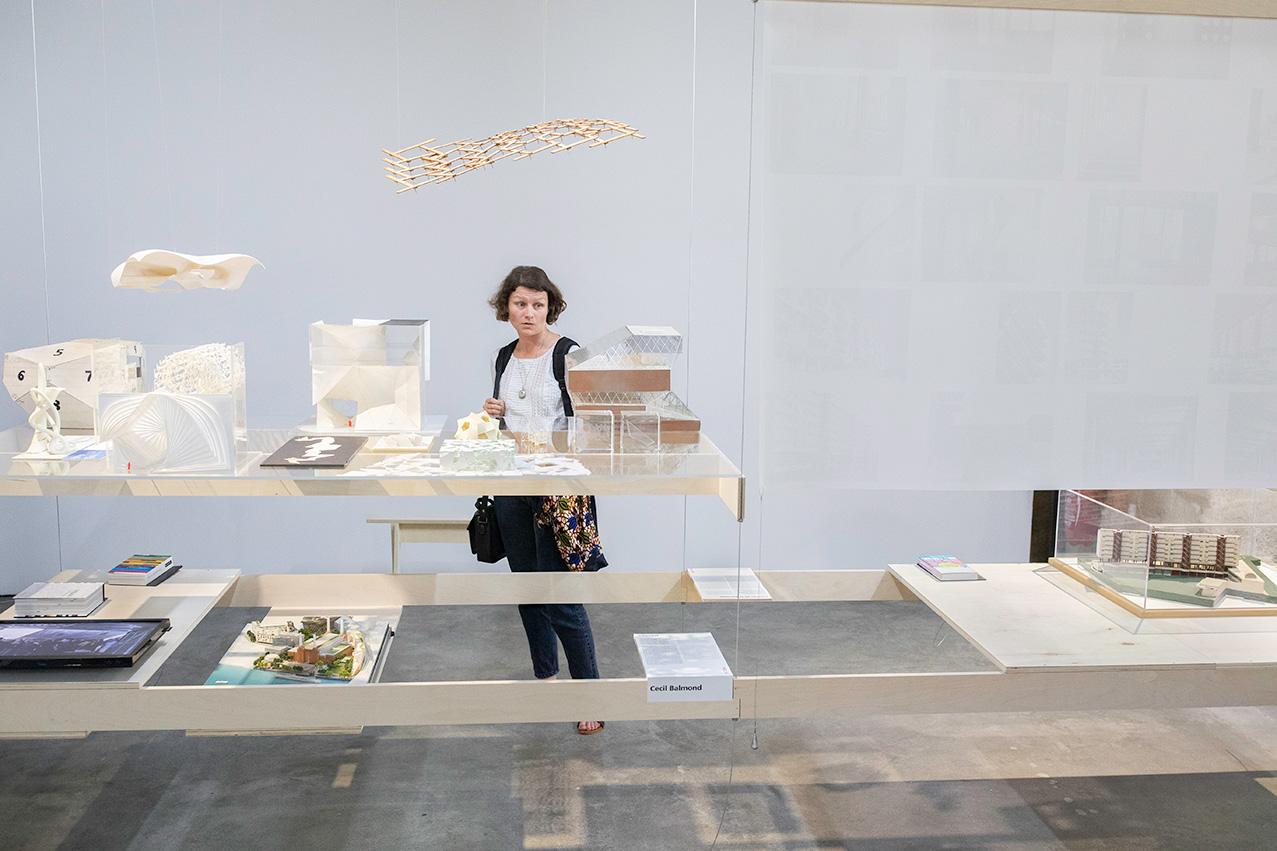
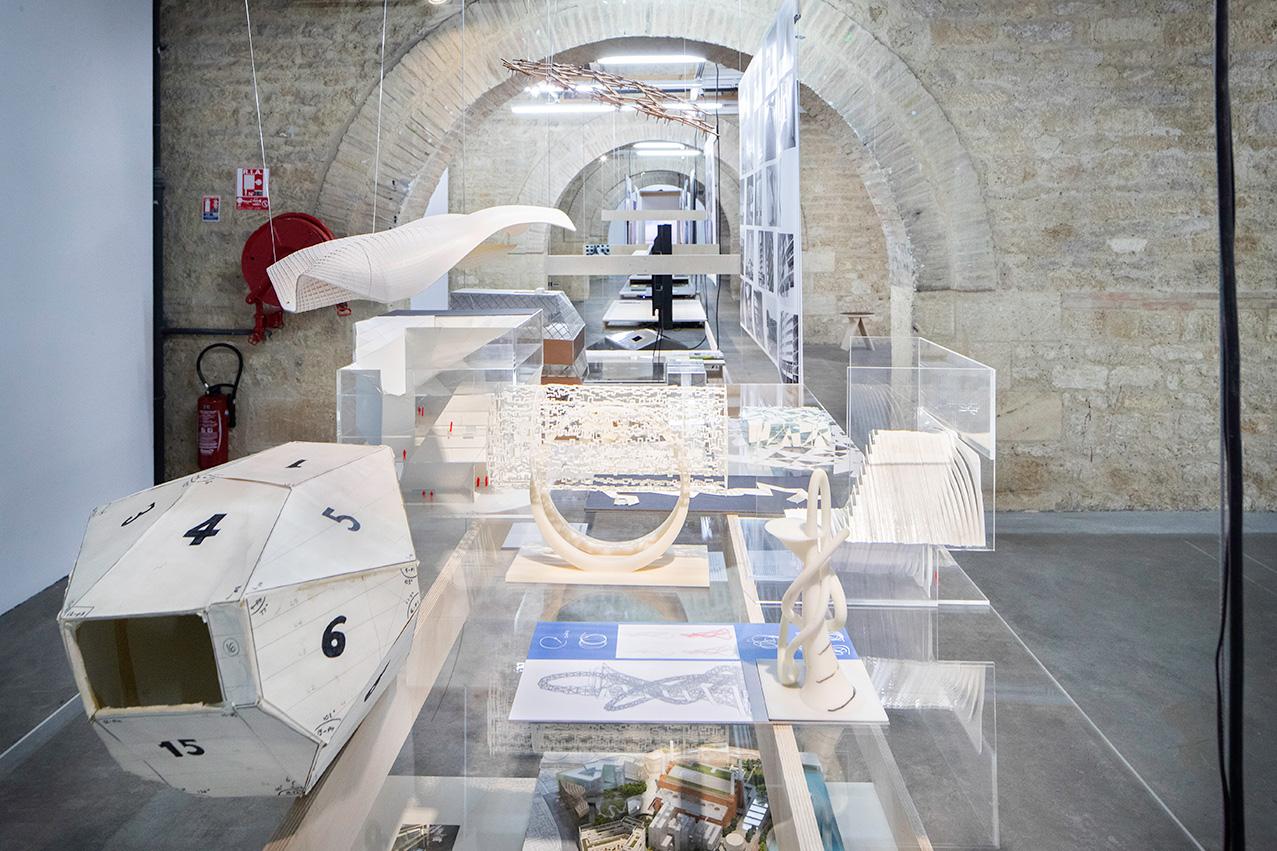
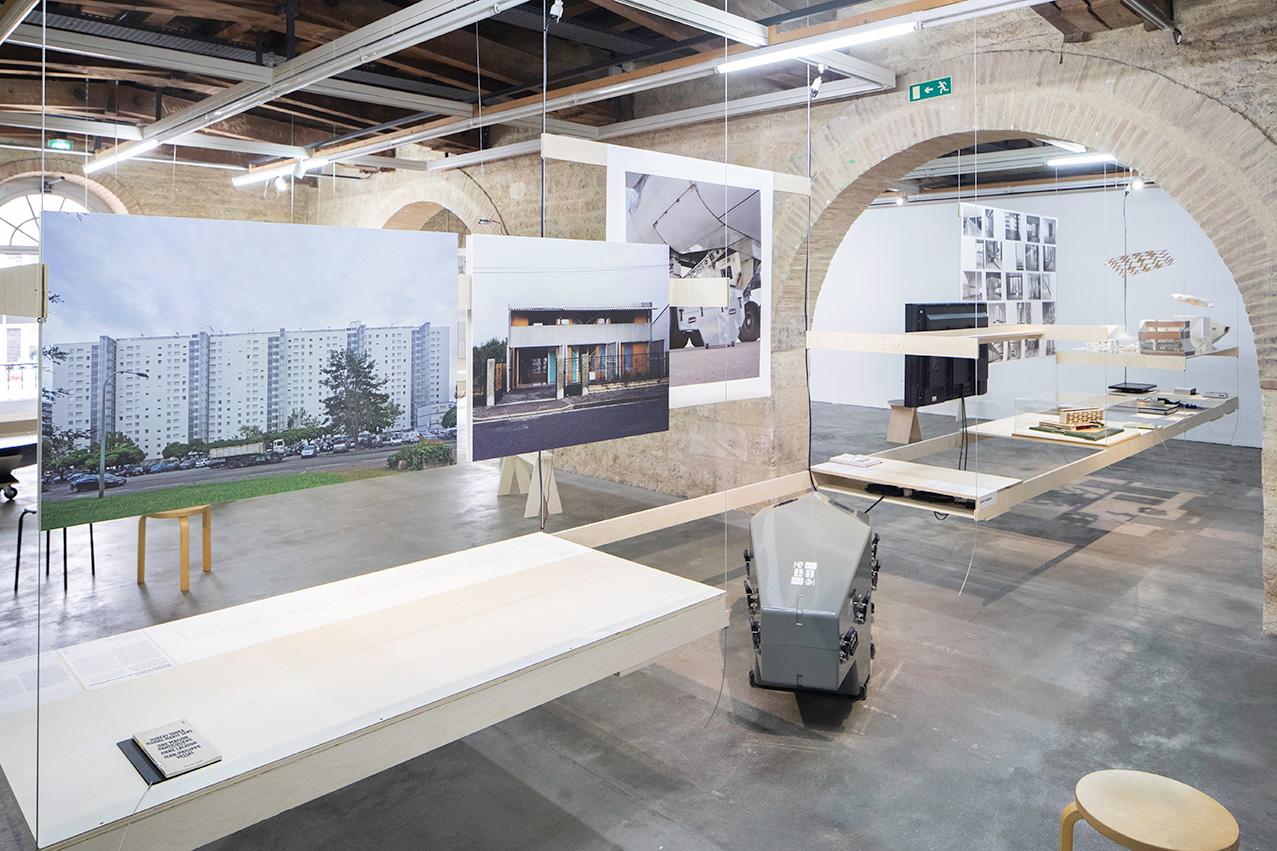
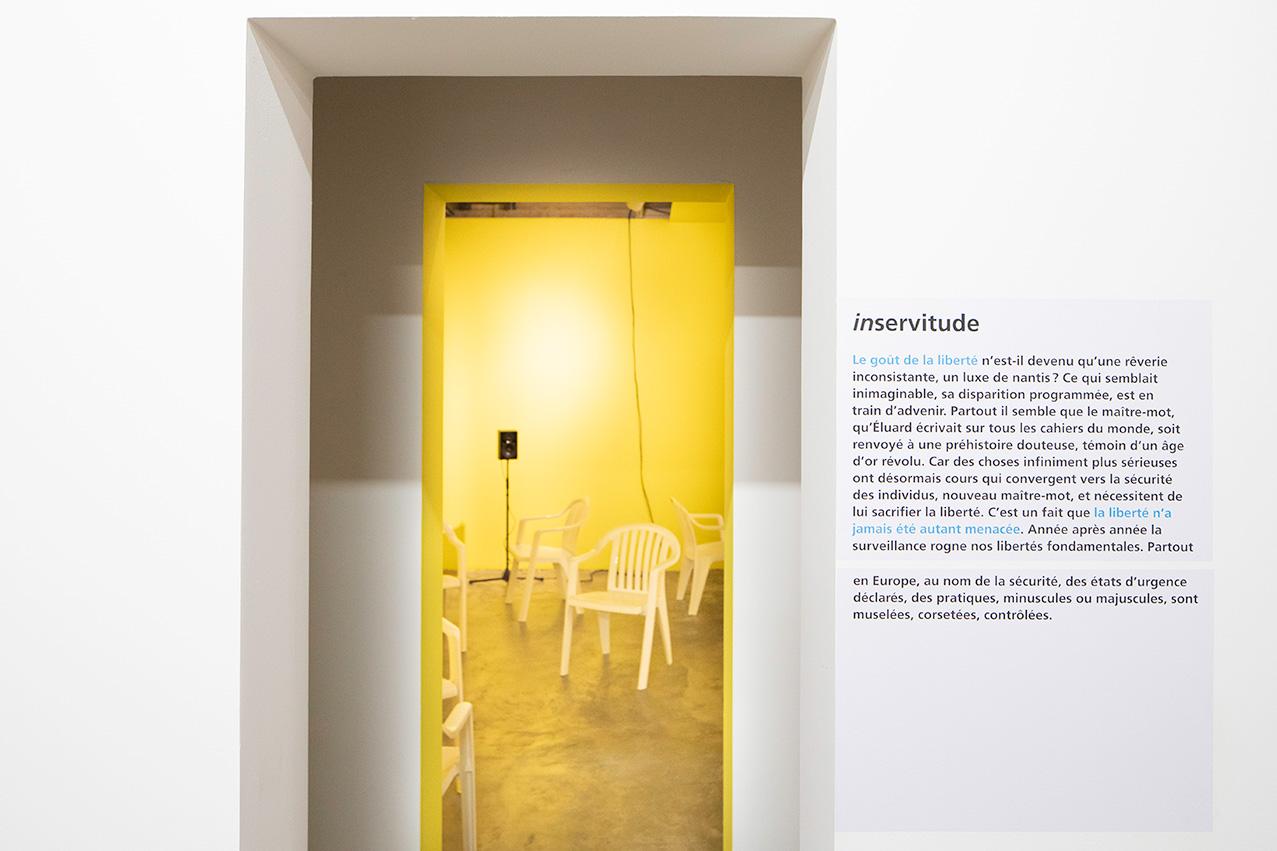
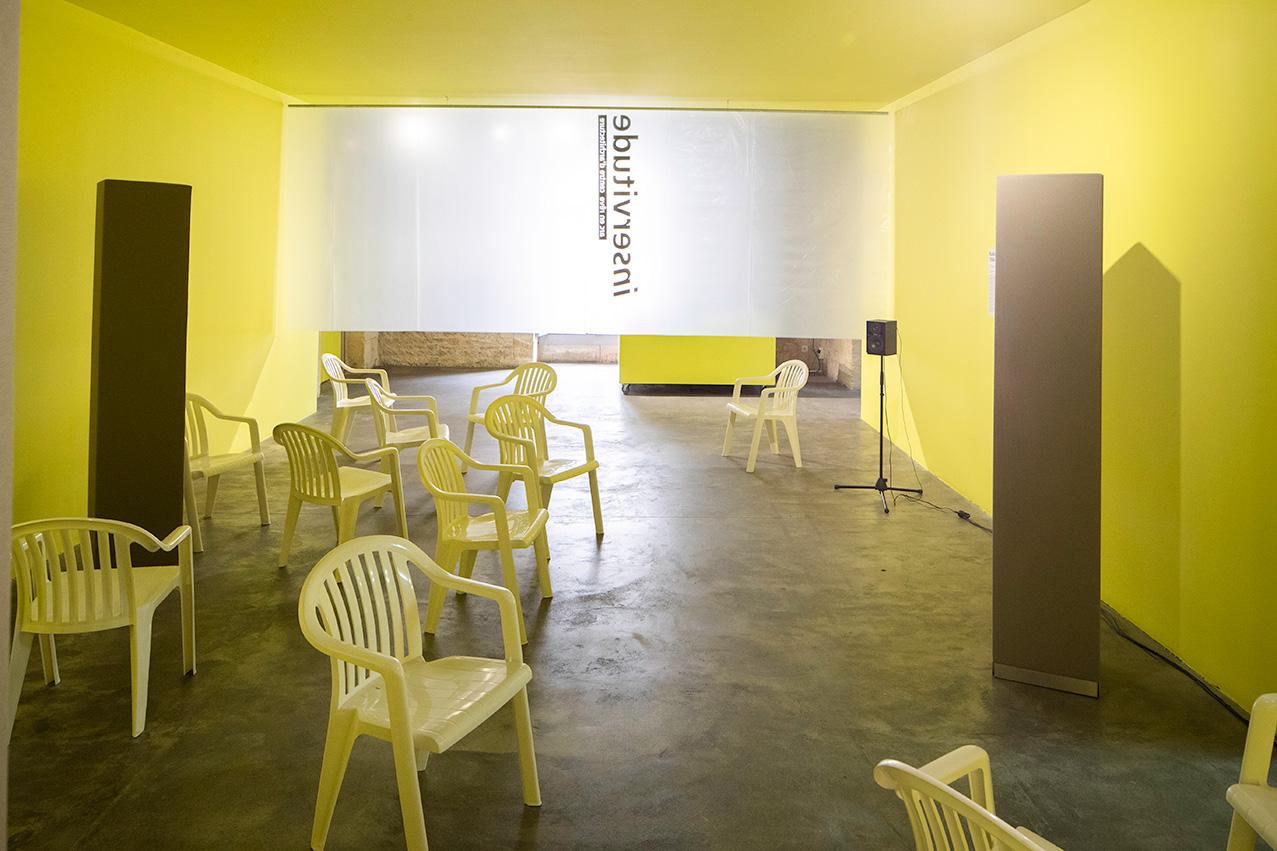
« Can architecture, a discipline defined by constraint, constantly reinvent itself via undisciplined creative utopias, architects, and modes of use? Between the political advent of the Enlightenment and that of 20th century totalitarianism, where do we stand in the art of “voluntary inservitude” and “reflexive indocility¹? »
The philosopher Guillaume le Blanc invites us to address these questions, and the exhibition inservitude explores the question of freedom as an essential raw material for architecture that offers potential alternatives.
inservitude brings together a selection of international projects in which thinking and architecture express an alternative vision of the world, treading unexplored paths that lead to places where the unexpected, freedom and beauty converge.
These ways of doing and saying things are the result of the work of architects, planners, landscape designers, geographers and philosophers who tell a story about the world, here and now.
This exhibition expresses the point of view of arc en rêve regarding architecture and its ethics, always connected to the social, economic, ecological and political transformations of a particular area at a given time.
The three projects forming an introduction, Adventure Playgrounds, Orient-Express Hôtel for the La Chesnaie psychiatric clinic, and the Centre Georges Pompidou, refer to the child, the madman and the artist: figures commonly associated with notions of freedom and invention. They serve as interpretive keys to understanding the projects on display as statements that resonate with the fundamental orientations of the arc en rêve project.
The exhibition features drawings, sketches, collages, videos and models making up a corpus of works that overlap and resonate with each other: a selection of over 40 projects that have found their place in the history of arc en rêve, resisting ideas of certainty, totality, homogeneity and embodying a spirit of openness. They invite us to reflect upon what brings together imagination, life, and culture.
Reflexive indocility used by Foucault to define his criticism.